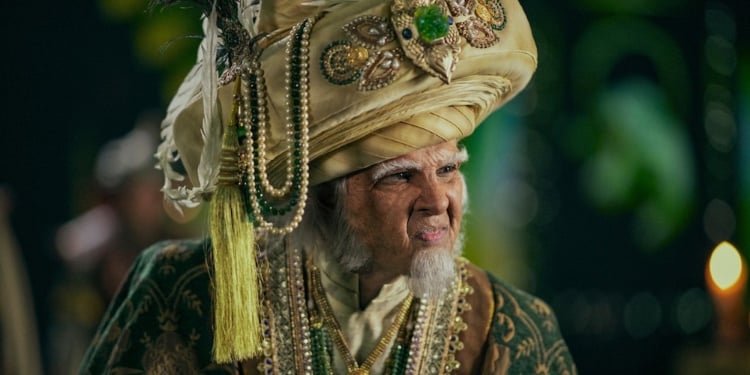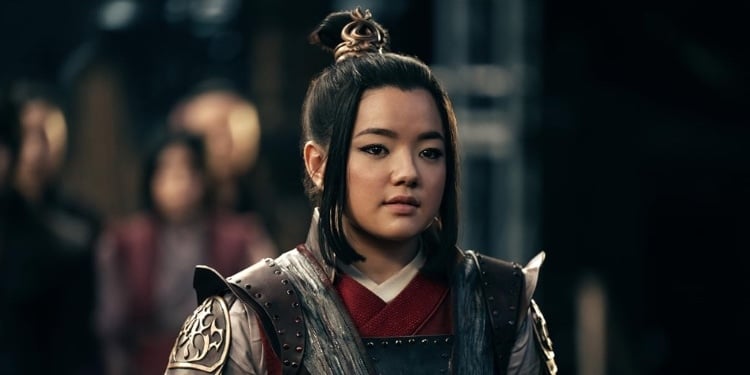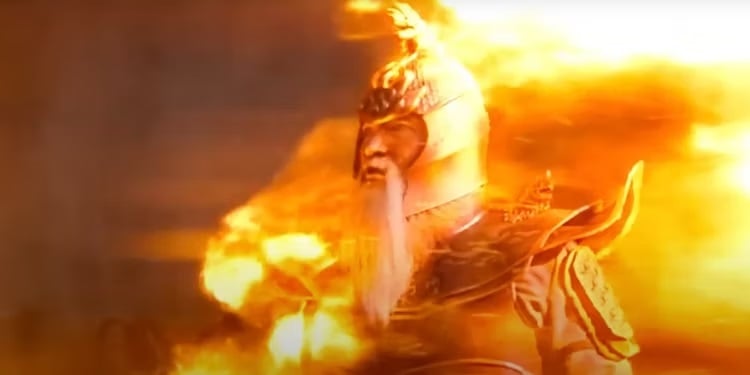Netflix’s Avatar: The Last Airbender has finally landed, and it’s everything and more than fans expected. With rave reviews from viewers and mixed feelings from critics, there is a lot to dig into in comparison to the original series by Nickelodeon. The animated Avatar: The Last Airbender was released in 2005 and is a fantasy world where people have the unique ability to bend the elements of air, water, fire, and earth.
Although Netflix’s live-action is the top film on the streaming platform in 92 out of 93 countries, several differences from the animated version of the story are easily noticeable. The changes can be attributed to the faster pacing, which shortened the cartoon’s 20-episode first season into 8-hour-long episodes. While all the differences can’t be listed, here are the main changes between Netflix’s Avatar: The Last Airbender live-action and the Nickelodeon animated series.
1. The Air Nomads Massacre

The animated version of Avatar: The Last Airbender starts with Aang’s story, while the live-action begins in the Southern Air temple with all airbenders coming to celebrate the comet. This event places all the air nomads in one place, which makes it easier for the fire nation to wipe them out of existence. It’s tragic to see even the kids being killed during this massacre, but it sets the tone for the series and shows just how ruthless the fire nation was at the beginning of the war. In the cartoon, viewers only hear about the massacre and get small snippets about it in flashbacks from Aang’s past. This change is the most significant and best decision in the live-action because it gives new fans the backstory they need to follow the story of Aang.
2. The Tone Is Completely Different
![]()
![]()
One of the significant differences between the live-action Avatar: The Last Airbender and the cartoon is the tone and focus. While the cartoon was more lighthearted, with several episodes focused on character development and world-building, Netflix’s live-action is much darker and more mature, focusing on the sad and depressing effects of the Fire Nations war. When Uncle Iroh is captured, an Earth bender bares his heart to him, revealing Iroh killed his young brother during the conquering of Ba Sing Se. While it’s only a short scene, it is heartbreaking and calls to question Iroh’s character before he lost his son. It also shows the effects of loss and the casualties of war.
The live-action doesn’t shy away from showing the accurate picture of the people living in fear and oppression and the lengths some of them will go to for freedom, like Jet, who is willing to kill for the greater good. While this is very different from the Nickelodeon animation’s bright and sometimes comical tone, it is better suited for the mature audience and more realistic for live-action, so it works.
3. Sokka’s Character and Journey


Even before the live-action Avatar: The Last Airbender aired, details about Sokka’s character changes were released, and some fans weren’t happy with the writers changing how sexist he was in the animation. While this trait made for a much better character redemption story in the cartoon, he isn’t that way in the live action. In Netflix’s story version, Sokka doesn’t think women should only do housework, even though he tells Katara she would be better suited in the kitchen in the first episode. When he meets a Kyoshi Warrior, he acknowledges that they are fierce fighters even without bending, giving them the respect they deserve for their bravery and saving his life.
In the animation, Sokka is known for his jokes and barely being a formidable warrior in the first season, but in the live-action, Sokka can fight, as seen when he is on Kyoshi island. Still, there is more focus on his intelligence than his fighting ability. He even believes he can be an inventor, which is a better story arc for his character. The Netflix show’s writers seem to be setting him up for an exciting story in the remaining seasons.
4. The Stories in Omashu


The city of Omashu appearing in Netflix’s Avatar: The Last Airbender was a treat for most fans, but it’s much different from what they expected. In the animated series, Omashu serves to tell the story of how earth bending began through the secret tunnels (which happens in Season 2, and it’s Aang and Katara who go through the tunnels, not the siblings) and for Aang to reunite with his childhood friend, Bumi. However, while these also happen in live-action, Bumi, now a king, is much more antagonistic and less friendly than fans expected. Bumi puts Aang through a series of tests because he resents him for leaving them to deal with a war in the past 100 years.
Netflix also used Omashu to cram in several plot lines, such as the rebel Jet’s appearance, the mechanist, and his son meeting the Avatar—events that don’t take place in Omashu in the cartoon. In the animation, the mechanist is living in the mountains and Jet and Aang’s gang run into each other next to a fire nation camp. While these stories only get told in one episode, it’s much better than getting nothing. At least fans got to hear the live-action rendition of the iconic Secret Tunnel song that’s been playing in their minds for years.
5. Azula’s Appearance in the Live Action


One welcome change in the live-action series is that Princess Azula appears much earlier than she did in the cartoon. Azula didn’t appear in the animated series until season 2, even though she was mentioned in the first season. However, it’s eye-opening to see the dynamic between brother and sister and the first family of the Fire Nation early. Fire Lord Ozai also appeared in the animations’ third season, unlike the live-action, in which he is the main character in Season One. In the last episode, Admiral Zhao reveals that Firelord Ozai only used Zuko to motivate Azula, who was his favorite. This information brings to light how manipulative and abusive Ozai was to his children by pitting them against each other.
6. Other Changes in the Live-Action from the Animated TV Series


While these changes are minor, they are significant to the OG fans expecting something similar to what they loved. In the cartoon, Katara’s water-bending Journey is slower, although she has a natural affinity for bending water. However, the live-action takes a much more realistic approach by slowly building her skills because she is the only water bender left in her tribe. Without a teacher, it would be harder for her despite being gifted. In the cartoon, she gets the water-bending scroll from the pirates, while in the live-action, she gets the scroll from her gran, which makes more sense.
In the cartoon, Sozin’s comet is a looming threat that Aang has to train for before it happens; the live-action mentions Sozin’s comet in the final scene but doesn’t put a timeline on it. This change could be beneficial so they don’t have a ticking time bomb waiting for them in the next two seasons if they decide to change more. Another change is the live action show’s use of the spirit world to tell Katara and Sokka’s past and relationship with their parents. It shows fans how they were tragically separated from their parents because of the war. These changes were stark but the live action still remained loyal to the source material. Here is a review of the live action Avatar: The Last Airbender.
Watch the Live-Action Avatar: The Last Airbender on Netflix!
